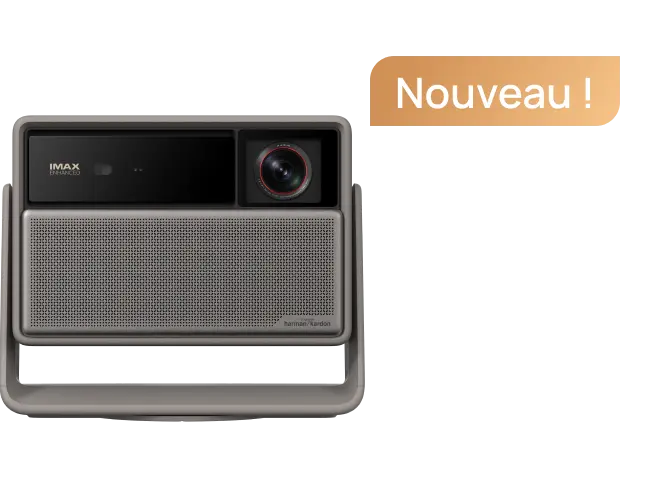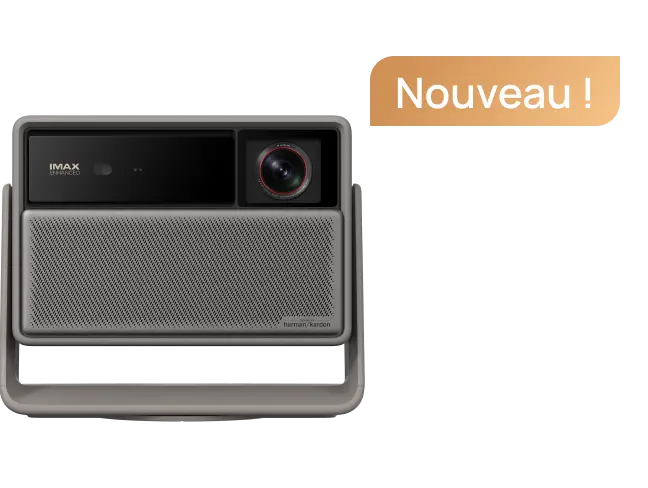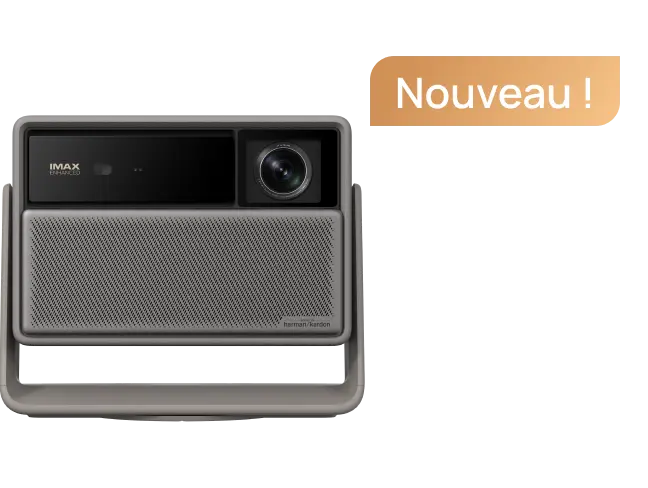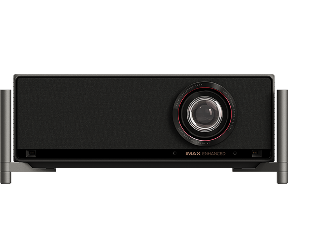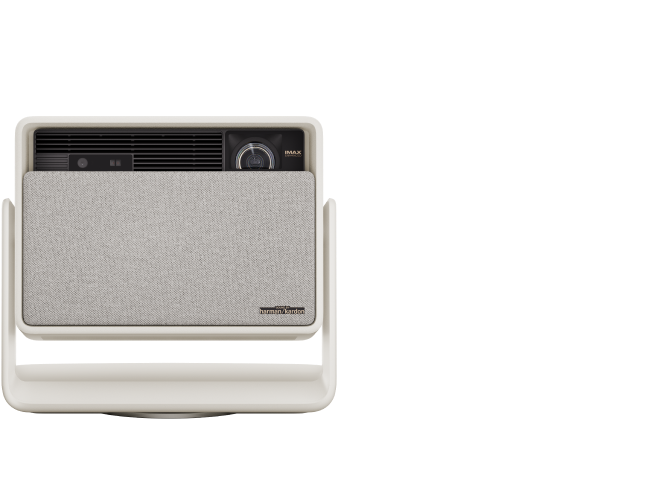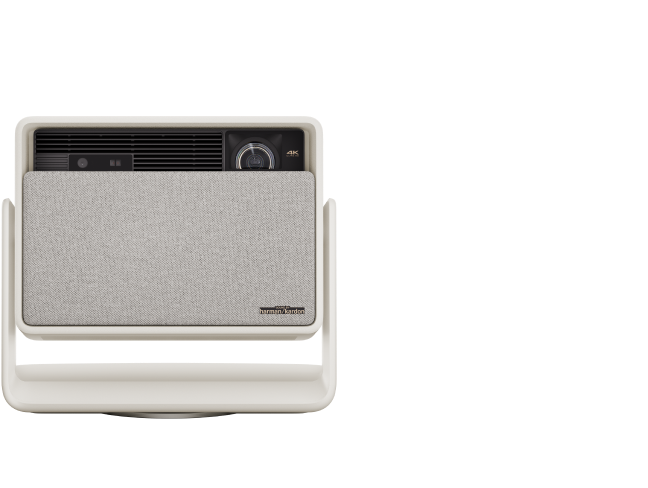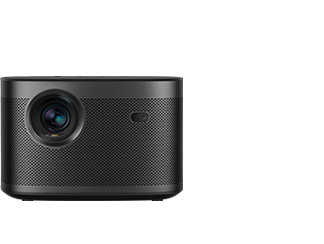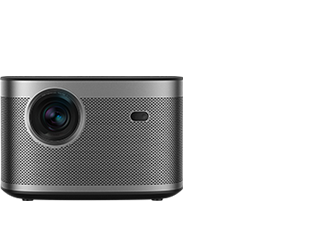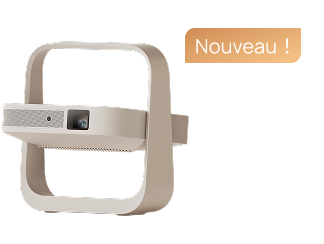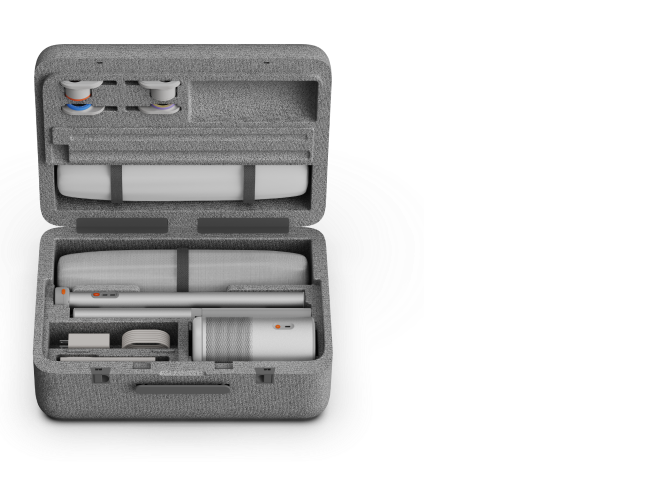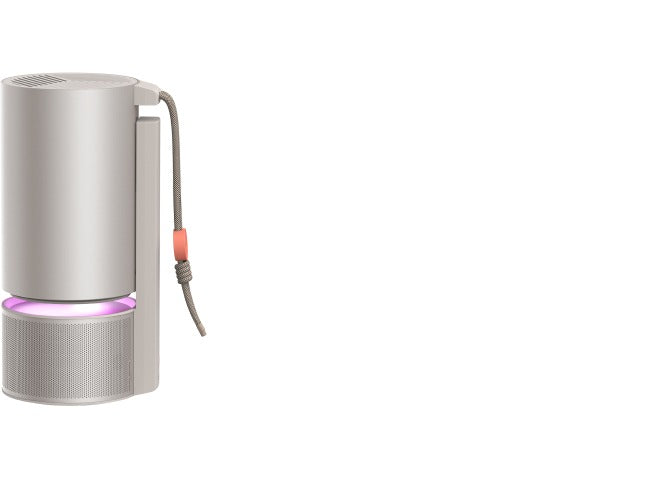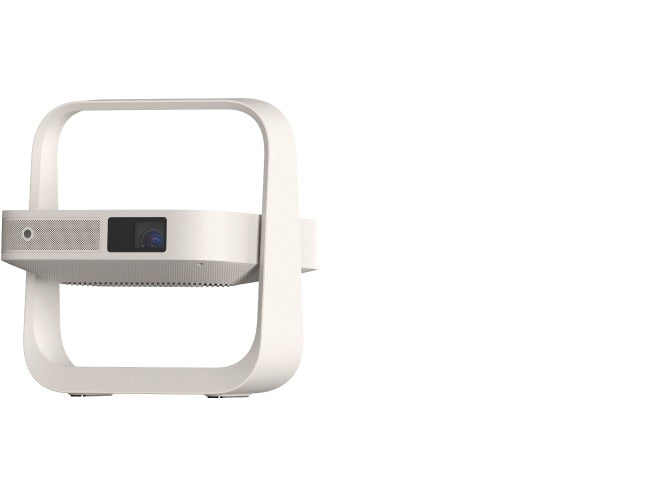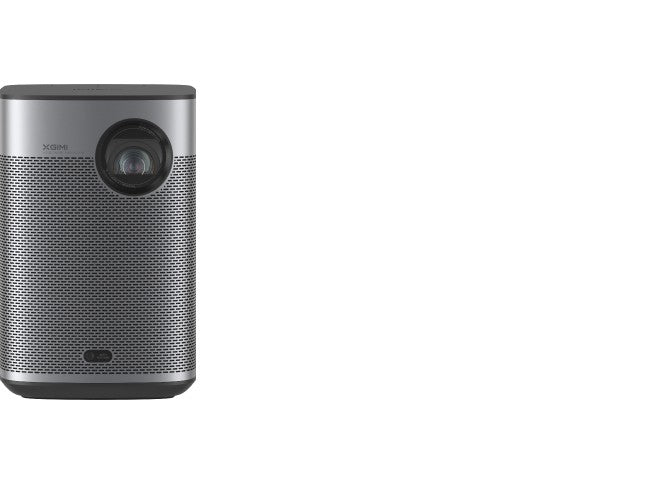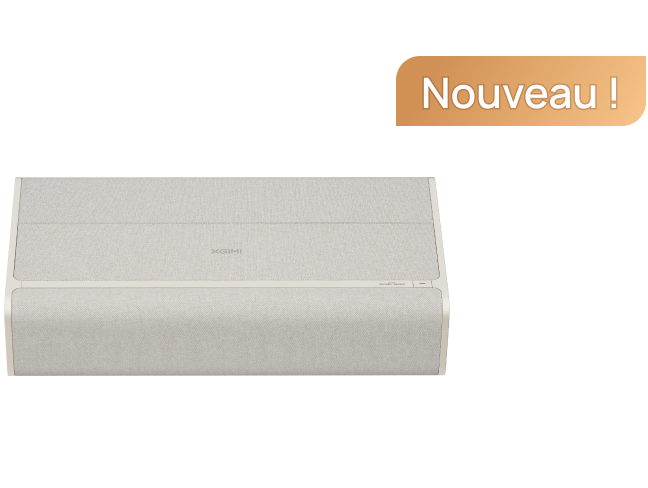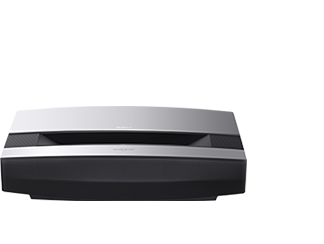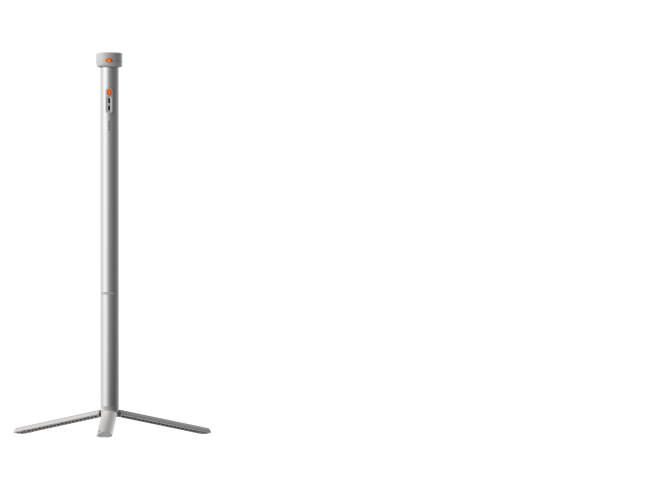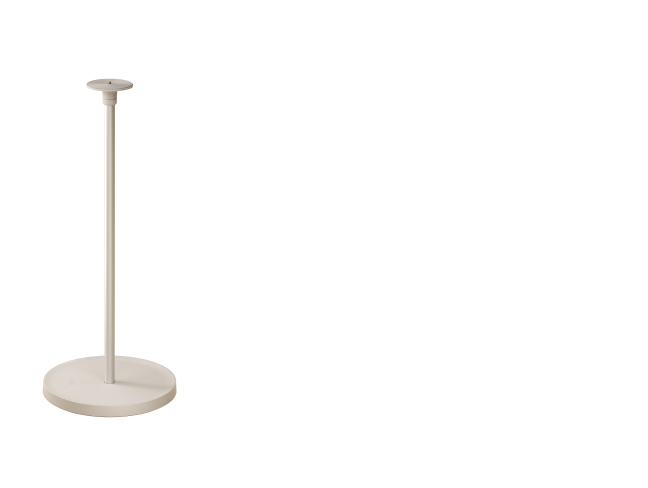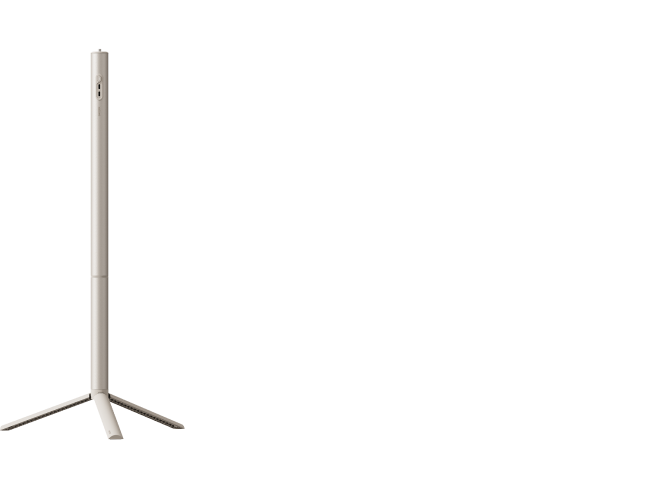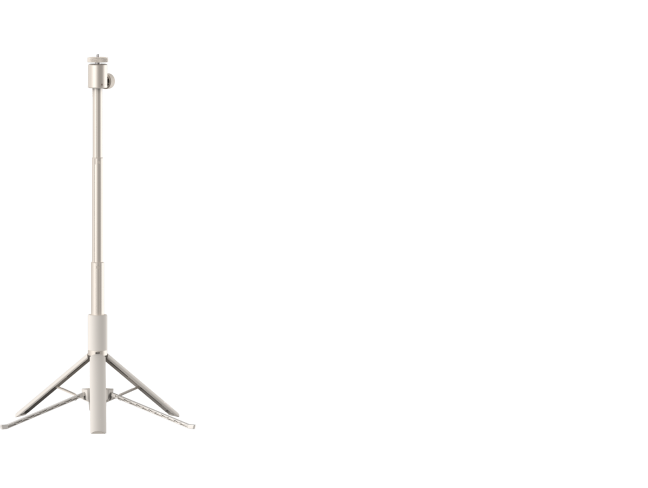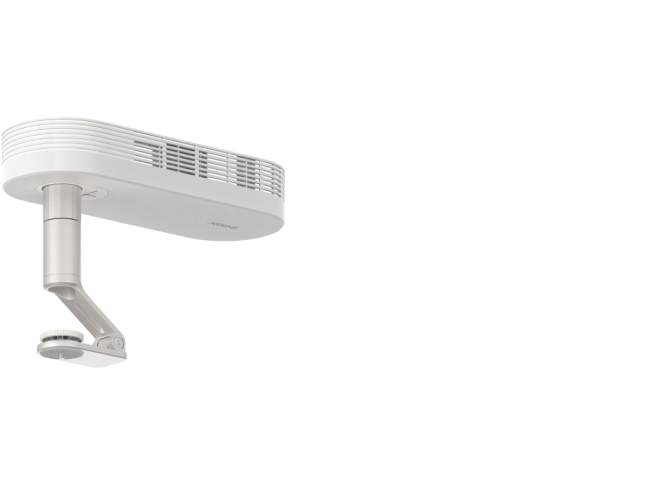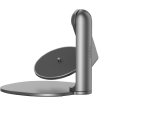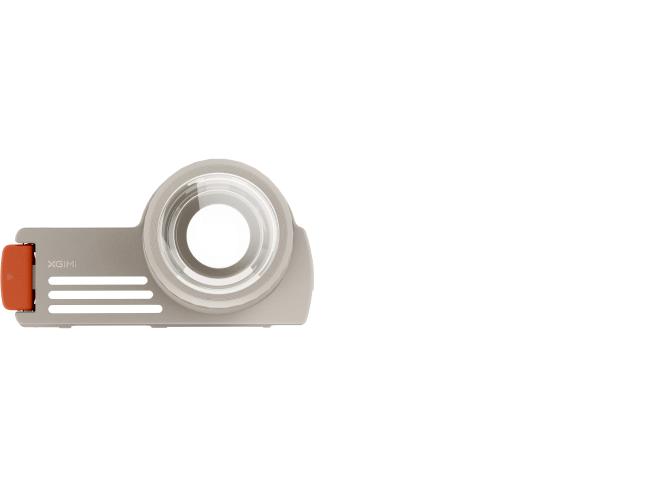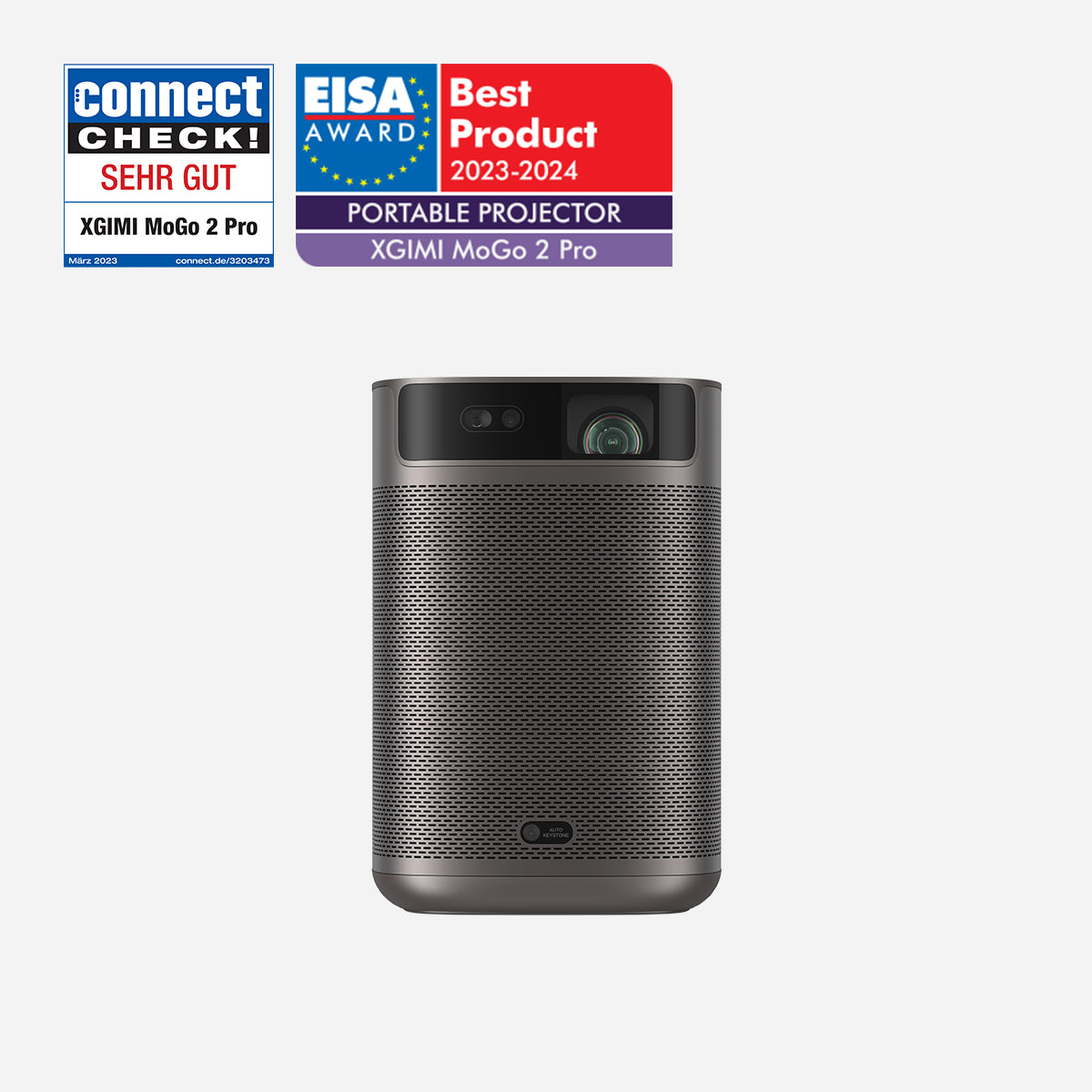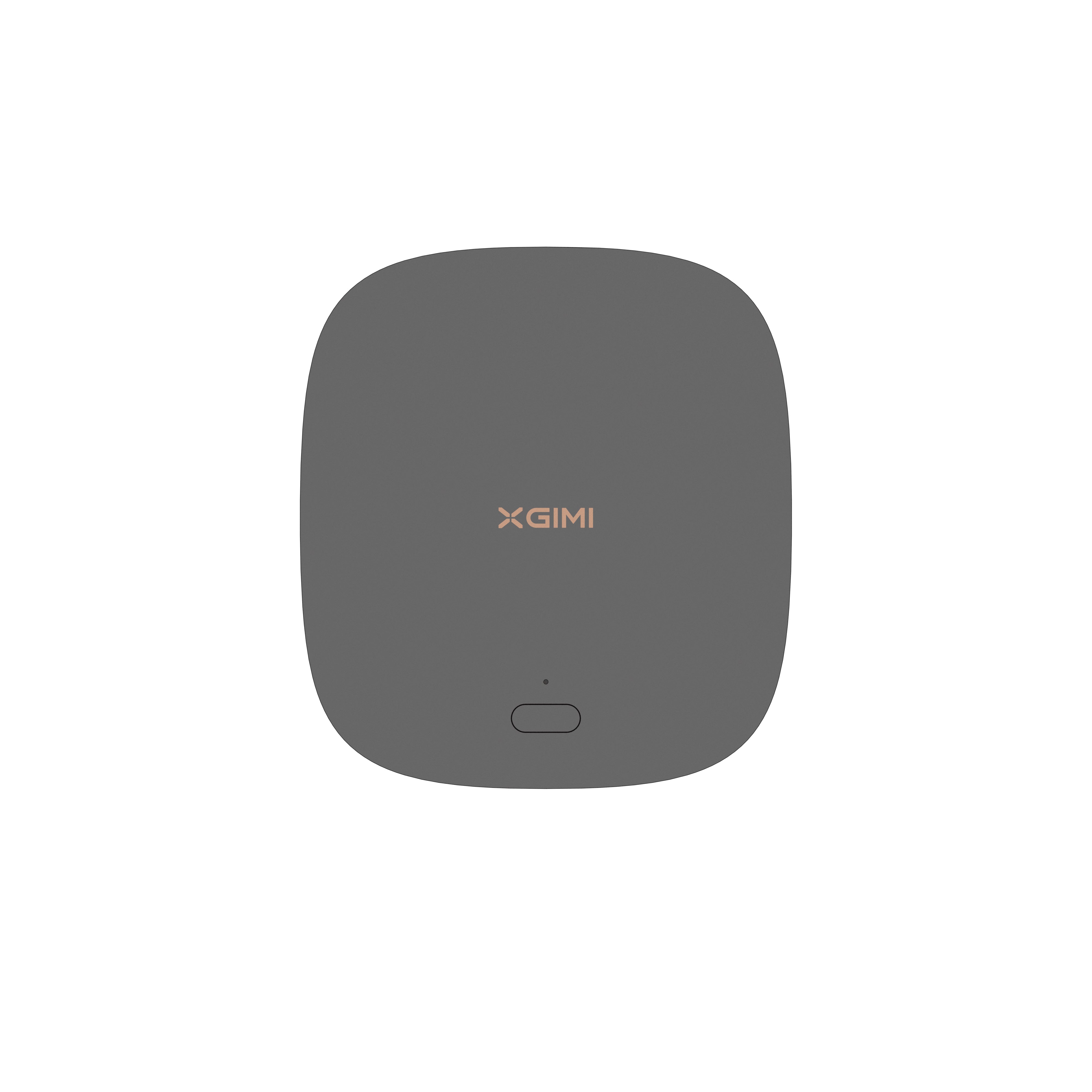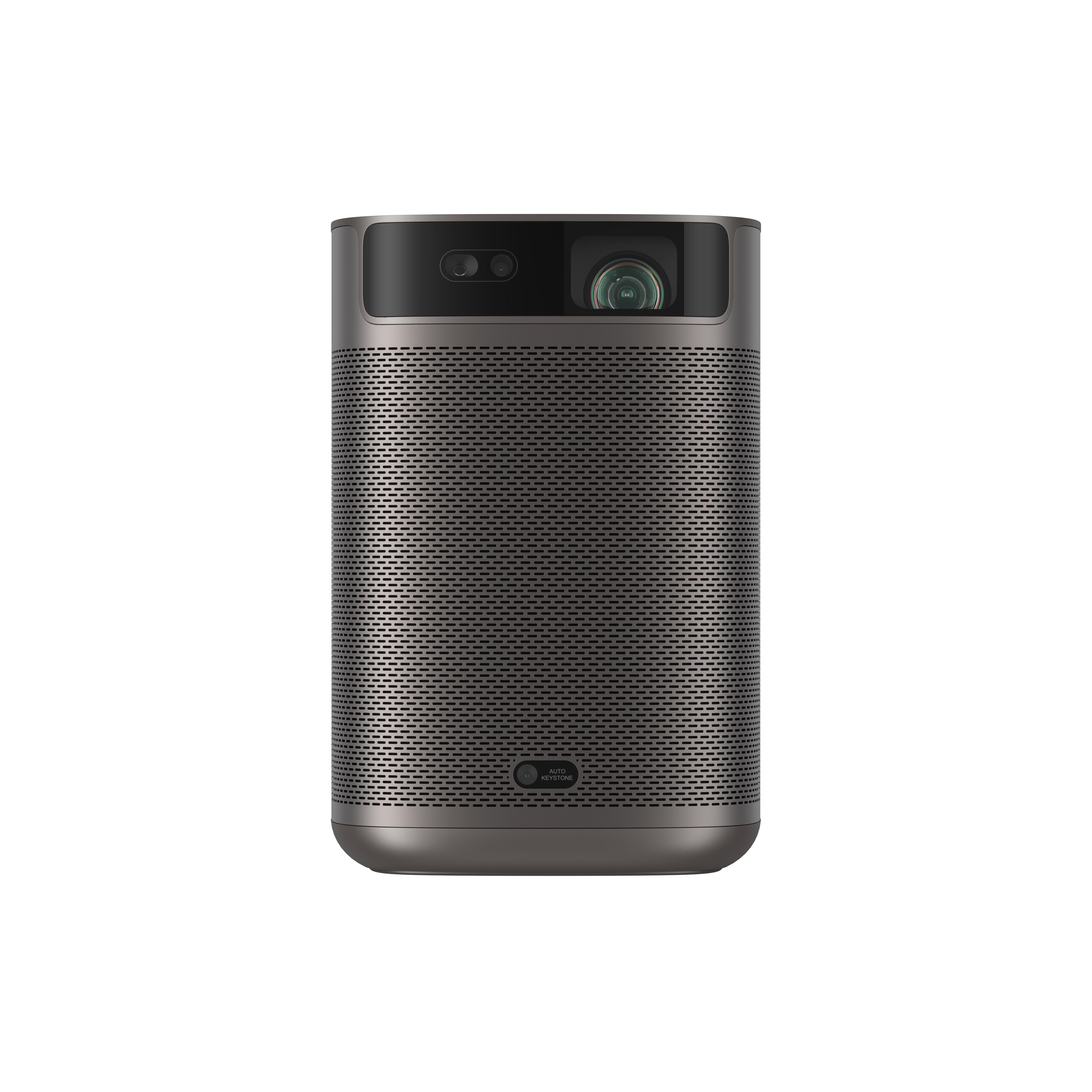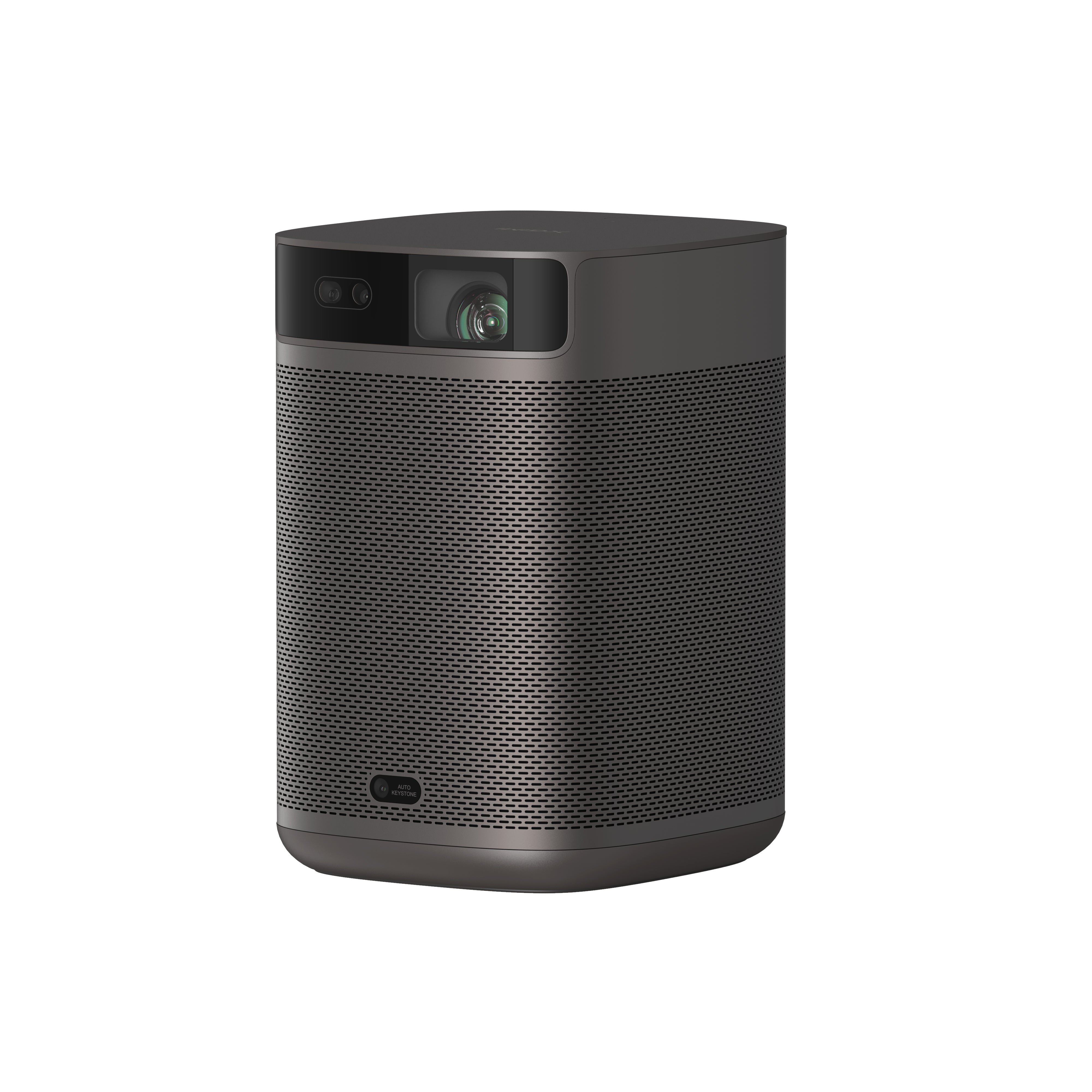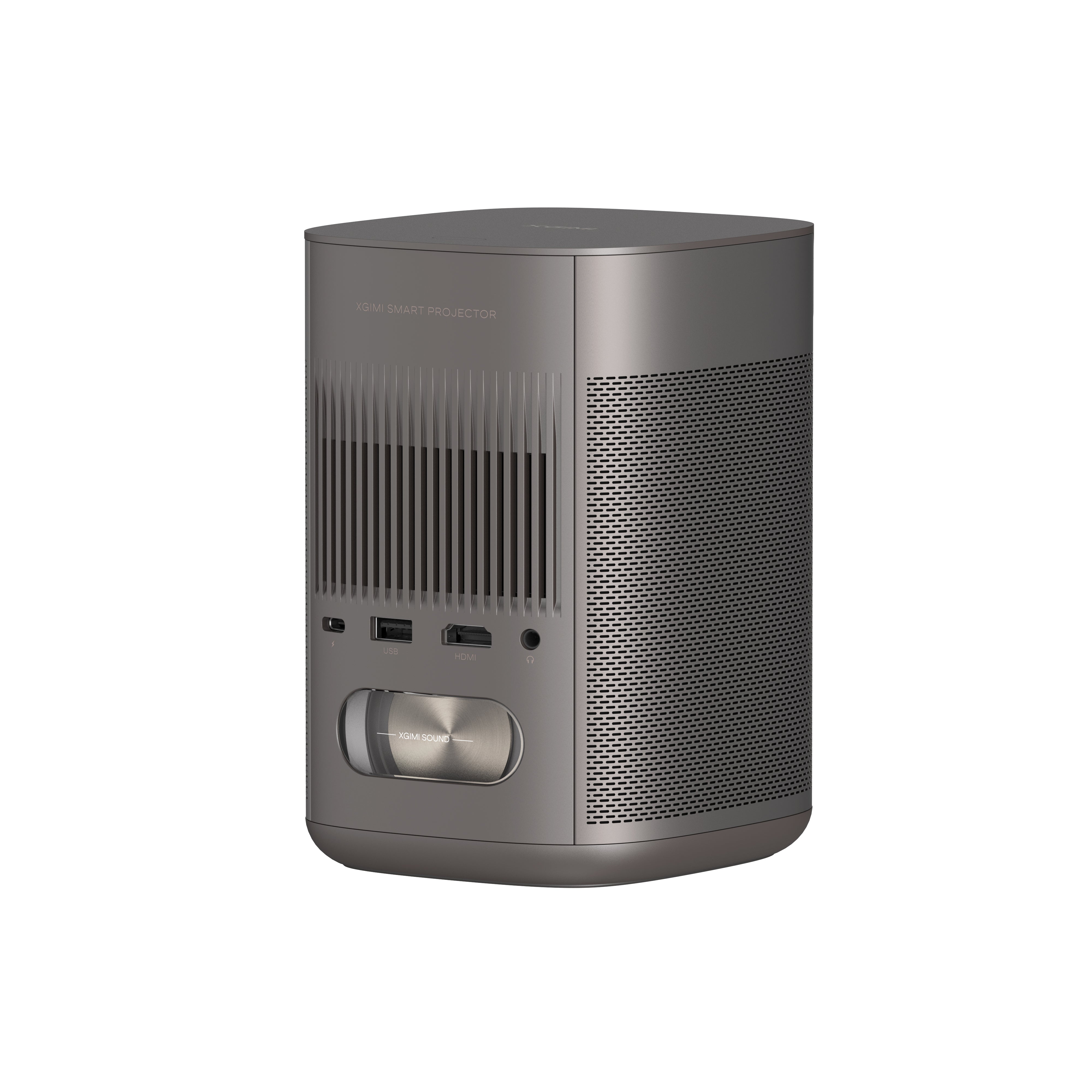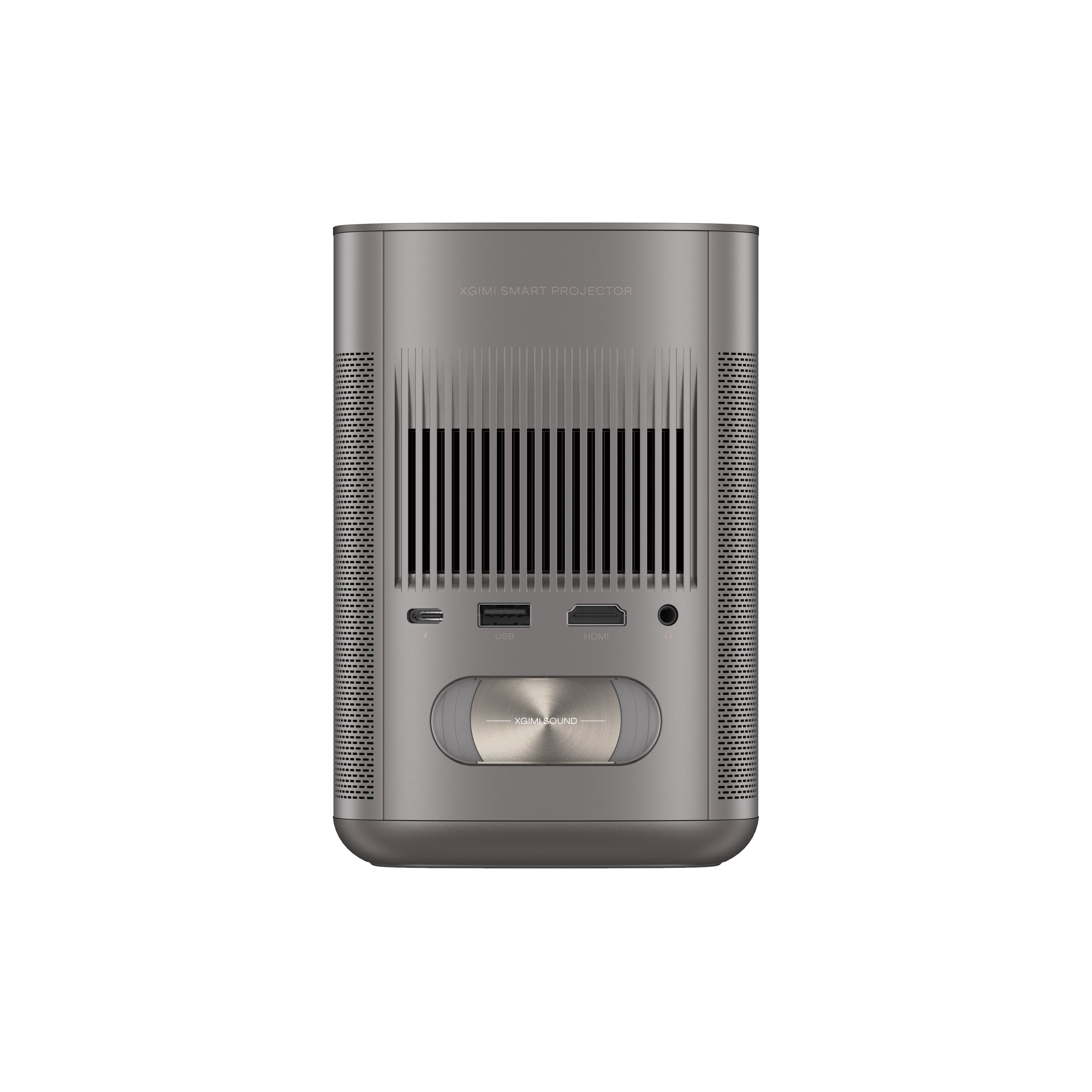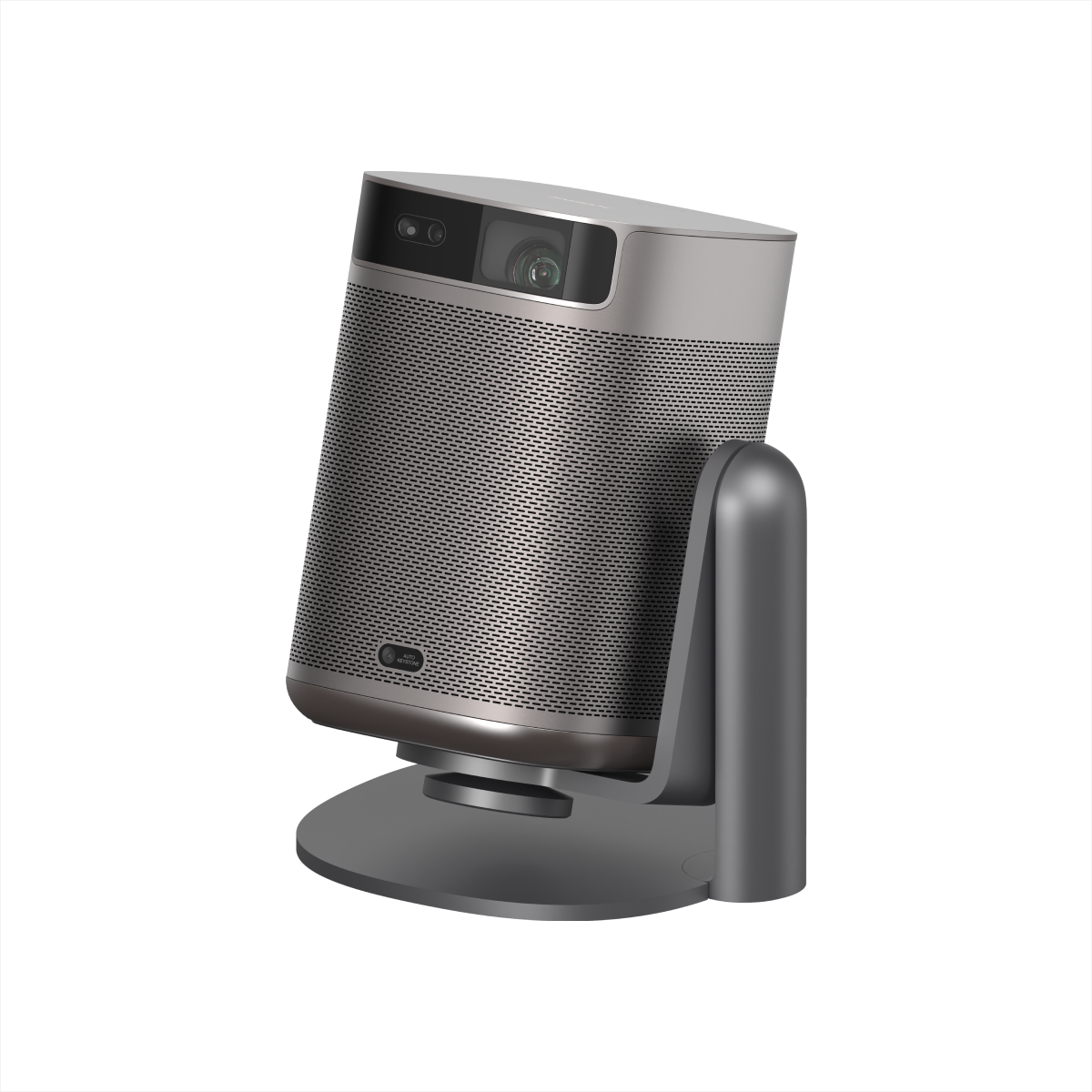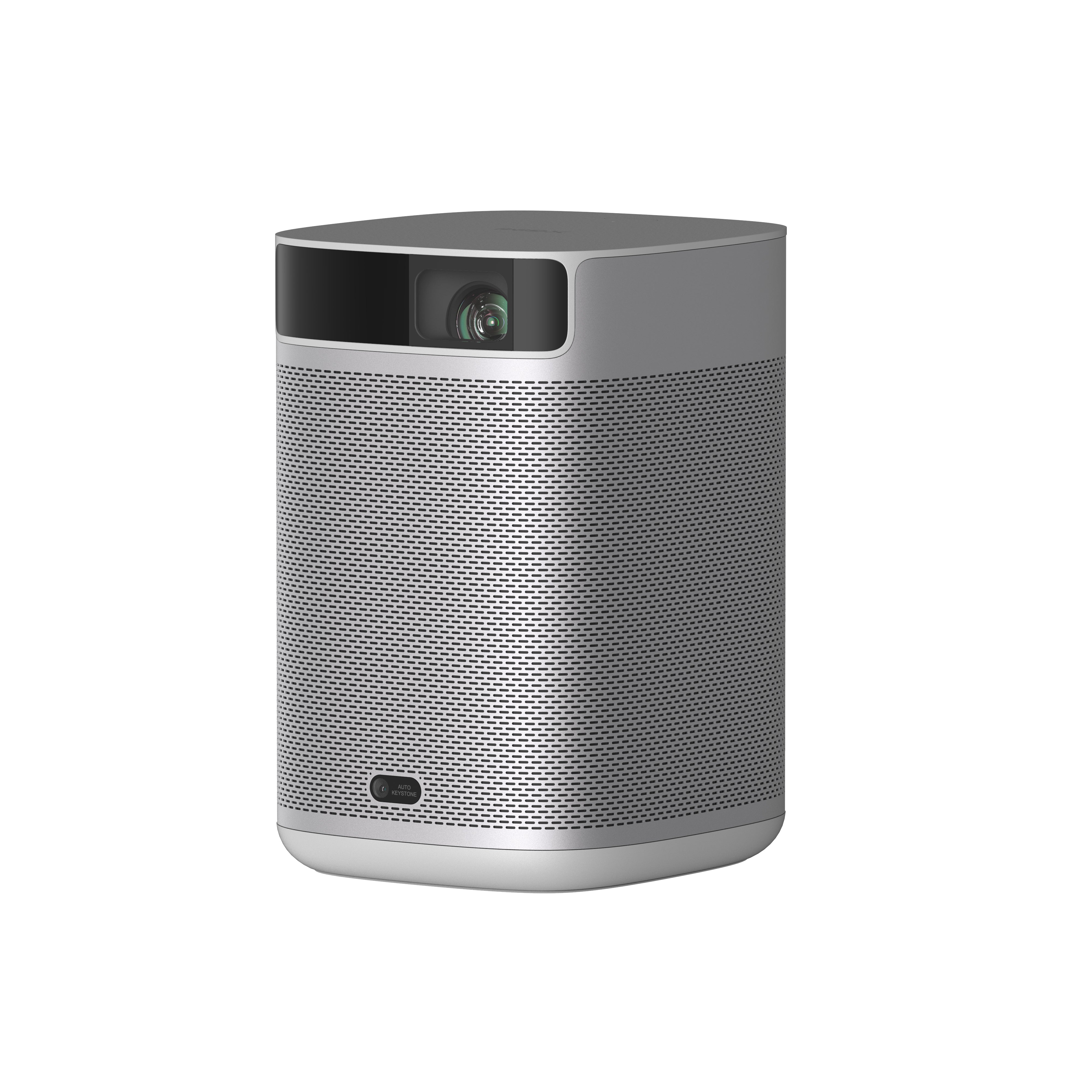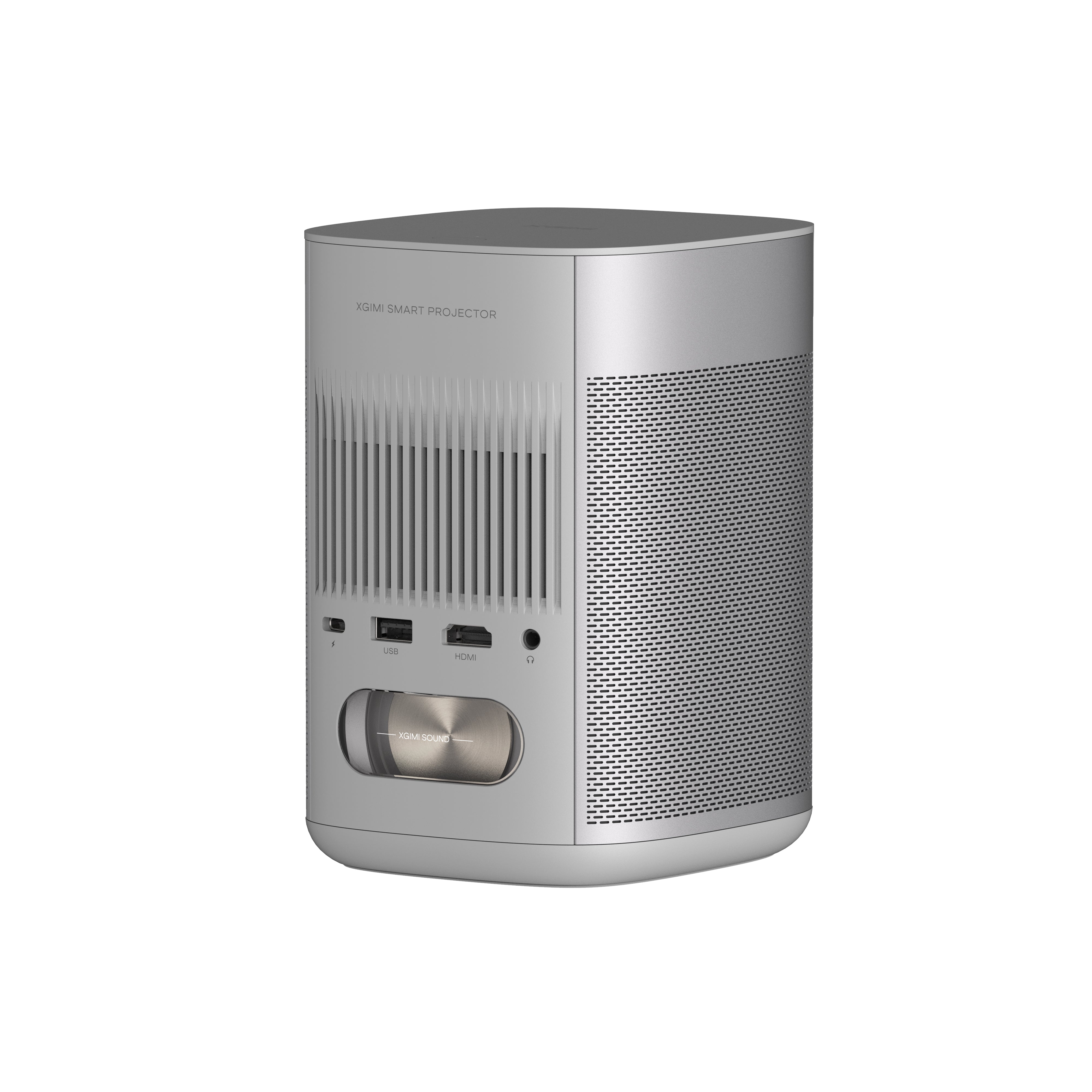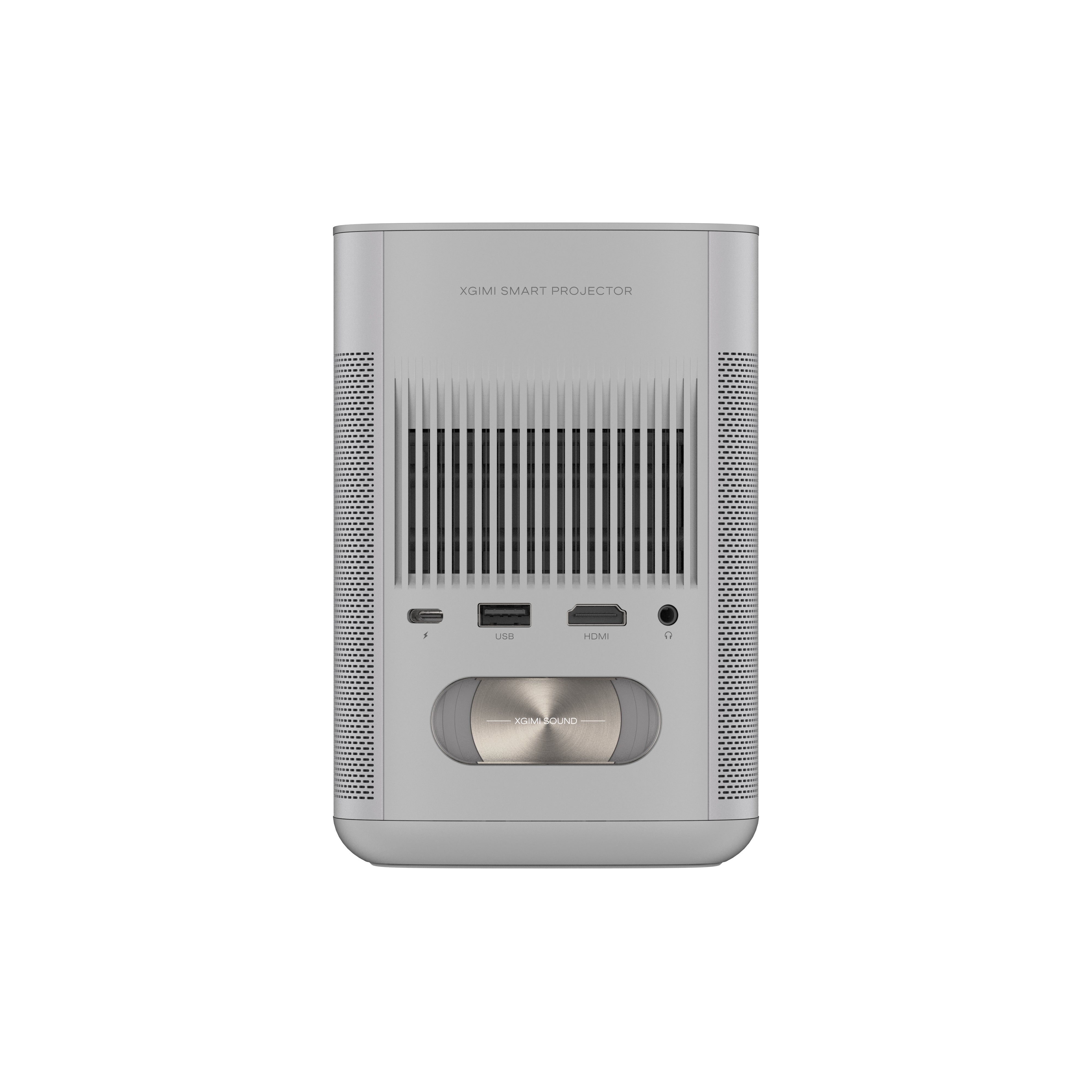Why Is a Portable Projector for Laptops Popular
By XGIMI Tech - 2023-05
Introduction
Portable projectors for laptops have gained immense popularity in recent years, thanks to their versatility and ease of use. These compact devices allow users to display their laptop content on a bigger screen, making them ideal for entertainment, presentations, and educational purposes. In this blog post, we will delve into the reasons behind the popularity of portable projectors for laptops and explore the various benefits they offer.
Part 1. Overview of a Portable Projector for a Laptop
A portable projector for a laptop is a compact device that allows users to project their laptop's screen onto a larger display, such as a wall or projector screen. These projectors are designed to be lightweight, easy to carry, and simple to set up, making them a popular choice for users who need to display their laptop's content in different locations.

1. What Is a Portable Projector for a Laptop?
Portable projectors for laptops typically connect to the laptop using a cable or wirelessly through a Bluetooth or Wi-Fi connection. They also come equipped with a built-in lamp, lens, and other hardware necessary for projecting images and videos onto a larger screen. Portable projectors for laptops come in various sizes and types, ranging from pocket-sized to larger models that can project onto much larger screens. They may use different technologies, including LED or DLP (Digital Light Processing) for the projection of images.
Portable projectors for laptops come in a range of sizes and resolutions, with some models capable of projecting high-definition images up to 4K resolution. They also vary in brightness, measured in lumens, which determines how well the projector can display images in bright rooms or outdoor settings.
2. How Does a Portable Projector for a Laptop Work?
Portable projectors for laptops work by projecting the image displayed on the laptop screen onto a larger surface, such as a wall or projector screen. These devices use a light source, lenses, and a chip or mirror to create the image, which is then projected onto the surface.
The light source used in portable projectors is typically an LED bulb or laser, which provides the necessary brightness to project images. The light is then directed through a series of lenses and filters, which adjust the focus and color of the image. The light is then directed towards the chip or mirror, which reflects the light onto the surface.
The chip or mirror used in portable projectors for laptops is typically either a DLP (Digital Light Processing) or LCD (Liquid Crystal Display) chip. DLP projectors use tiny mirrors to reflect the light, while LCD projectors use liquid crystal displays to create the image. Both types of chips have their advantages and disadvantages, with DLP projectors generally providing better contrast and color accuracy, while LCD projectors tend to have higher brightness levels.
Once the image is created and reflected onto the surface, it can be adjusted in several ways. The focus of the image can be adjusted using the lens, which can be moved back and forth to change the distance between the projector and the surface. Moving the projector closer or further away from the surface or using a zoom function can also adjust the size of the image.
Finally, ambient light can affect the image quality of portable projectors for laptops in the room. To improve image quality in bright environments, some projectors have a higher lumens rating, which measures the brightness of the projector. Others have a special feature called a "short throw" lens, which allows the projector to be placed closer to the surface, resulting in a brighter and more focused image.
Part 2. What Are the Benefits of Using a Portable Projector for a Laptop?
Using a portable projector for a laptop has several benefits, making it a popular choice for both personal and professional use.
1. Portability
One of the most significant benefits of using a portable projector for a laptop is its portability. These devices are lightweight and compact, making them easy to carry around and set up in different locations.
2. Flexibility
Portable projectors for laptops offer a flexible display solution that can be used for a wide range of purposes. They can be used for business presentations, classroom lectures, movie screenings, gaming, and more.
3. Cost-effective
Portable projectors for laptops are relatively affordable compared to traditional projectors. They offer a cost-effective way to display content on a larger screen without the need for a dedicated projector or screen.
4. Easy to use
Portable projectors for laptops are easy to set up and use. Most models come with plug-and-play connectivity options, so users can quickly connect their laptop to the projector and start projecting.
5. High-quality image and sound
Portable projectors for laptops offer high-quality images and sound, making them ideal for presentations, movies, and gaming. They can project images up to 4K resolution, and some models even come with built-in speakers.
6. Space-saving
Portable projectors for laptops save space, as they don't require a dedicated screen or projector mount. They can be set up on any flat surface, such as a wall or ceiling, making them a practical solution for small spaces.
7. Versatility
Portable projectors for laptops can be used in a variety of settings, from classrooms and boardrooms to outdoor movie nights and camping trips. They offer a versatile and practical display option for any occasion.
Part 3. What Are the Features to Consider for a Portable Projector?
When choosing a portable projector for a laptop, there are several features to consider to ensure that you select a device that meets your needs and preferences.
1. Brightness
The brightness of a portable projector is measured in lumens. If you plan to use the projector in a well-lit room, a higher lumen rating is recommended for better image quality.
2. Resolution
The resolution of a portable projector determines the clarity and detail of the image. Look for a projector that has a resolution of at least 1080p for sharp and clear images.
3. Contrast ratio
The contrast ratio of a projector determines the difference between the darkest and brightest parts of the image. A higher contrast ratio provides more vibrant and lifelike colours.
4. Portability
Consider the size and weight of the projector. A smaller and lighter projector is easier to carry around and set up in different locations.
5. Connectivity
Look for a projector that offers multiple connectivity options, such as HDMI, USB, and wireless connectivity. This will allow you to connect to a variety of devices, including laptops, smartphones, and gaming consoles.
6. Keystone correction
Keystone correction allows you to adjust the image to compensate for distortion caused by the angle of the projector. This is particularly useful when projecting onto a non-flat surface.
7. Built-in speaker
Some portable projectors come with built-in speakers, which can be convenient when using the projector in a small room. However, for larger rooms, it is recommended to connect external speakers for better sound quality.
8. Battery life
If you plan to use the projector for extended periods, consider the battery life of the device. Look for a projector with long battery life or the ability to be connected to an external power source.
What Is the Best Portable Projector for a Laptop?
When it comes to choosing the best portable projector for a laptop, there are many factors to consider, such as image quality, connectivity options, portability, and price. One portable projector that stands out in all of these categories is XGIMI MoGo 2 Pro.
When it comes to choosing the best portable projector for a laptop, there are many factors to consider, such as image quality, connectivity options, portability, and price. One portable projector that stands out in all of these categories is XGIMI MoGo 2 Pro.
Hollywood-Standard Visuals: With 400 ISO lumens, integrated D65 color temperature standard adopted by Hollywood, and a 90% DCI-P3 color gamut, all colors are restored in brilliant, lifelike detail.
Seamless Setup, Smart Projecting in a Snap: Our new ISA 2.0 technology ensures you never miss a moment of your favorite movies, TV shows, or games.
8W Speakers with Dolby Audio: MoGo 2 Pro offers a deeply immersive and cinematic audio experience thanks to its built-in dual 8W speakers with Dolby Audio.
Smooth Android TV 11.0 and 3D Movies at Home: Decodes 4K video seamlessly and supports 3D content. Moreover, the upgraded Android TV 11.0 provides the ultimate user-friendly viewing experience.
Movies on the Go: Easily connect MoGo 2 Pro to your power bank, allowing you to move it to different rooms or take it on your next outdoor adventure.
Part 4. How Do I Connect My Laptop to a Portable Projector?
Connecting your laptop to a portable projector is a straightforward process that can be completed in a few simple steps.
1. Check the ports on your laptop
Before connecting your laptop to the projector, check the ports on your laptop. Most projectors use an HDMI port, so ensure that your laptop has an HDMI port or an adapter that can convert your laptop's video output to HDMI.
2. Turn off the projector and laptop
Ensure that both the projector and laptop are turned off before connecting them.
3. Connect the laptop to the projector
Connect your laptop to the projector using an HDMI cable or an adapter. If the projector has a VGA port, you can also use a VGA cable to connect your laptop to the projector.
4. Turn on the projector and laptop
Turn on the projector and laptop, and wait for the device to recognize the connection.
5. Adjust the settings
Once the laptop and projector are connected, adjust the display settings on your laptop to ensure that the content is displayed correctly on the projector screen. You can adjust the resolution and aspect ratio to match the projector's settings.
6. Start projecting
Once the display settings are adjusted, start projecting your content on the projector screen.
Some portable projectors also come with wireless connectivity options, allowing you to connect your laptop to the projector using Wi-Fi or Bluetooth. To connect wirelessly, ensure that both the laptop and projector are connected to the same network, and follow the instructions provided by the projector's manufacturer.
Overall, connecting your laptop to a portable projector is a simple process that can be completed in a few steps. Ensure that both the projector and laptop are turned off before connecting them, use the correct cable or adapter to connect the devices, adjust the display settings, and start projecting your content.
XGIMI Portbale Projector for Sale
Here you can choose suitable XGIMI portable projector for laptops.
XGIMI MoGo 2 Pro Projector
The XGIMI MoGo 2 Pro is an upgraded version of the MoGo 2 portable smart projector. It delivers a Full HD resolution of 1080p and runs on Android 11.0. MoGo 2 Pro has built-in speakers for an immersive audio experience. It also supports Wi-Fi and Bluetooth connectivity.
XGIMI MoGo 2 Projector
As a portable smart projector, XGIMI MoGo 2 can meet your needs for indoor and outdoor use. You can enjoy plenty of content from Disney+, Youtube, HBO Max with MoGo 2, and you can also create cinematic feeling when hiking or camping outdoors with MoGo 2.
Conclusion
In conclusion, portable projectors for laptops are becoming increasingly popular due to their versatility and convenience. Whether you need to make a presentation on the go, stream movies in your backyard, or display photos at a family gathering, a portable projector can be a game-changer. When it comes to choosing the best portable projector for a laptop, XGIMI MoGo 2 Pro stands out as a top performer in terms of image quality, connectivity options, portability, and price. Consider trying out XGIMI portable projectors for your next presentation or entertainment experience.
Related Products
Profitez d’une réduction de 10€ sur votre prochain achat.
Rejoignez la communauté XGIMI dès aujourd’hui !

